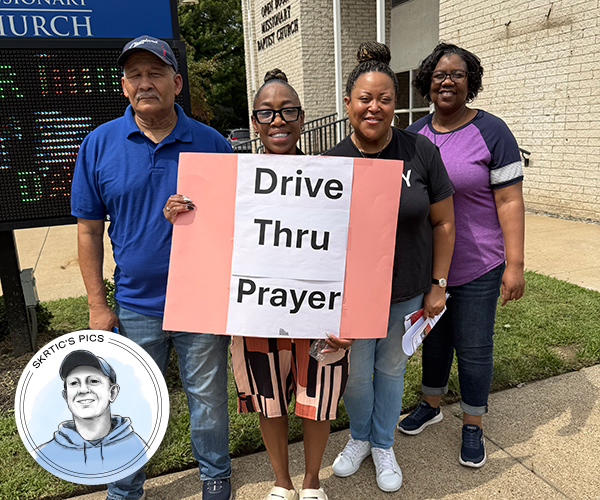When I lived in Lakewood and made my weekend runs to Cleveland Heights, watching the clock, anxious at the stop signs, I discovered that a good road can be heroic. Yes, there's heroism in a 35 mph speed limit, enough lanes to handle the traffic and stoplights timed just so. One stretch of Chester Avenue, around East 55th Street, still seems full of Saturday-night possibility -- friends, a date, a movie, a concert -- whenever I drive it.
But there aren't many roads like Chester in Cleveland. Our east-west connections are mostly slow and clogged with parked cars, wavering between two and four lanes, built for neighbors but hostile to cross-town traffic. I don't think the East Side and West Side are as outrageously different as people say; I think we keep chattering on about east and west because Cleveland isn't built to move people across town.
That's why I like the proposal to build a boulevard from I-490 to University Circle. Sometime in the 2010s, East and West siders may not have to squeeze through the Inner Belt to visit one another anymore. Instead, Bereans, Lakewoodites and Strongsvillians will coast along I-71, 90 or 77 to I-490, then breeze onto a six-lane divided road a lot like Chester Avenue. It'd run parallel to the RTA's Red Line (at street level above the train's valley) from 490's now-abrupt end at East 55th to either East 105th or the foot of Cedar Hill.
Open up the roads and you open up the city. I saw it happen in the Detroit area, when a new freeway linked the northern suburbs 15 years ago. More people started crossing town to find better jobs and the perfect house. Quiet suburban downtowns became nightlife capitals, giant Coventries. Here, I-480 gave us new choices -- for instance, a NASA worker I know just bought a house in Bedford, since 480 can take her straight to work. But our divide is deep, so we need more thoroughfares to link us.
With a boulevard to University Circle, more people will get over their habit of living their whole lives on only one half of Cleveland. The avenue could bring more visitors from the west to the East Side's cultural institutions. Planners call the proposed boulevard "Opportunity Corridor" because it'd create jobs. It would provide easier access to the university, the hospitals and the new-economy jobs everyone hopes they'll attract. Also, the boulevard would cut through and open up the Forgotten Triangle, the isolated, half-abandoned pocket of industry and low-income housing along Woodland Avenue and Kinsman Road.
The idea will be studied and publicly debated for the next two years to make sure it benefits everyone in the would-be boulevard's path. It'd be rude to motor off to work and play while the poor people in the way eat asphalt cake. No one wants to kick a bunch of people out of their homes, as the old freeway-builders did, or destroy something valuable, like the infamous late-'60s plan to run I-490 through the Shaker Lakes. But since the boulevard would follow a railroad corridor, only a couple of dozen people might have to move. Planners, councilpeople and development groups are trying to lower that number even more.
Hopefully, everyone will decide the boulevard benefits them. A good road can be heroic just by taking people to work, bringing jobs to people who need them most and opening up two sides of town to one another.



